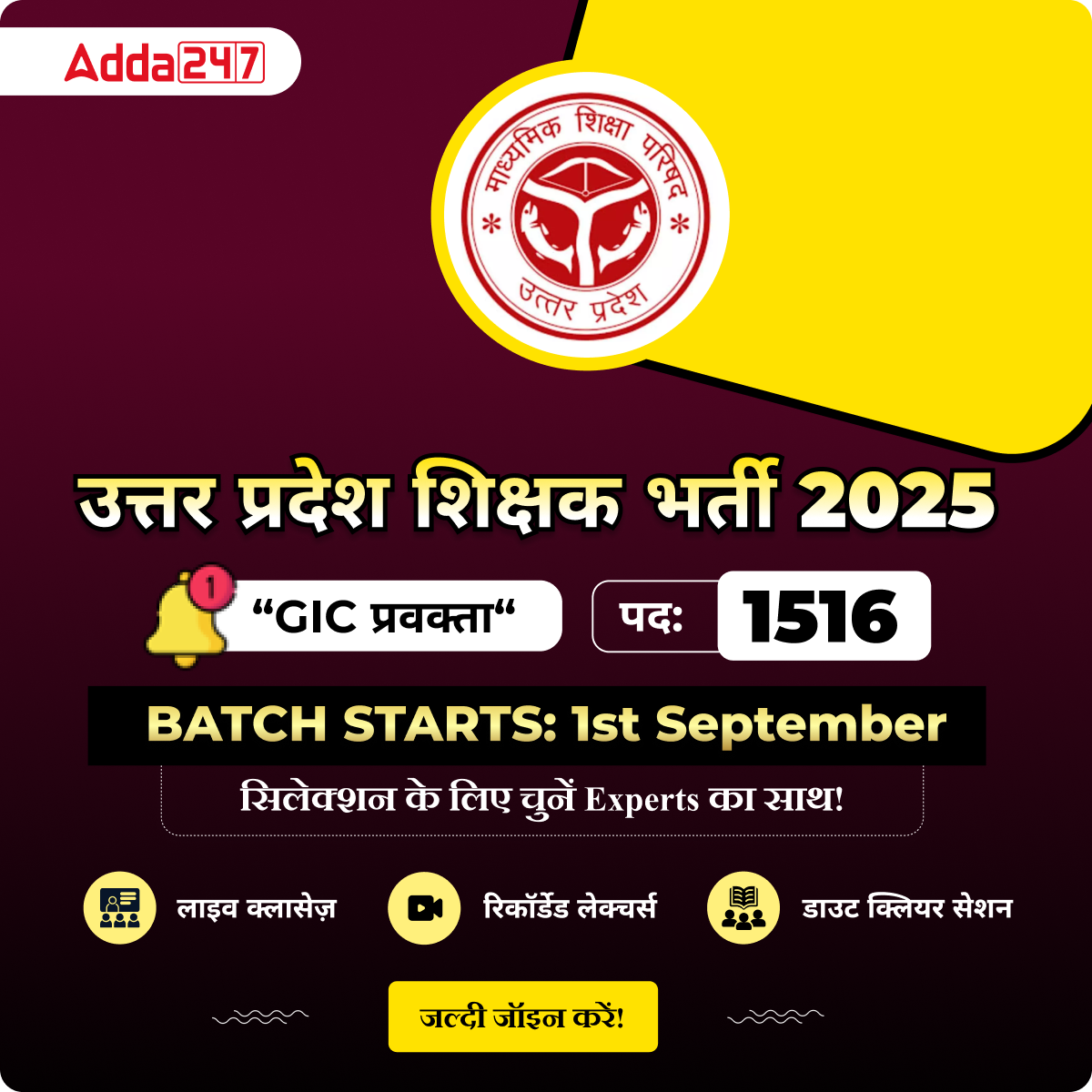Table of Contents
Growth and Development encompass the unfolding of human potential. Growth pertains to quantitative changes, whereas Development involves qualitative transformations. Both processes commence simultaneously. In teaching recruitment exams and TET exams such as CTET, 3-4 questions typically focus on Growth and Development. These questions delve into domains, factors, and definitions provided by diverse child psychologists. Explore further to deepen your understanding of the facts, distinctions, and domains related to Growth and Development.
Growth
Growth is an increase in the size of the body as a whole or the size attained by different parts of the body by the multiplication of cells during the period starting from fertilization to physical maturity. It is a fundamental characteristic of all living organisms. The physical size is measured in terms of centimetres and kilograms or metabolic balance which is the retention of hydrogen and calcium in the body
Stages of Growth
The stages or phases of growth have been classified differently by different researchers.
1. Prenatal Period: The prenatal period comprises, on average, about 9 months or 40 weeks. A fertilized egg of a multi-cellular animal is transformed into an embryo by cell division, growth and differentiation. This formation into the embryo is called prenatal growth. In the prenatal period (before birth) the embryo is formed with rudiments of all organs and systems.
Prenatal growth has three distinct stages:
- The fertilized ovum (egg) (first 2 weeks)
- The embryo (from 2 to 8 weeks) and the
- The foetus (from 2 to 10 lunar months)
- Postnatal Period: Postnatal growth is commonly divided into the following age periods.
(a) Infancy: Infancy comprises the first year of life. This is a period of rapid growth in most bodily systems and dimensions and rapid development of the neuromuscular system. The growth is mostly by the addition of more cells or an increase in the protoplasm. The rate of growth increases after birth and there is an increase in size, shape and weight. In case of weight, the peak is reached at two months after birth. The cells become larger in size. The cervical and lumber curvatures of the spine show up as the baby starts to straighten the head the tries to sit up and stand.
(b) Childhood: Childhood spans from the end of infancy (the first birthday) to the start of adolescence. This period is often divided into early childhood, middle childhood and late childhood. Early childhood is the period of eruption of milk teeth. Middle childhood (7 to 10 years) is the period of eruption of permanent teeth, though not all erupt. The late childhood starts from the pre-pubertal period and continues up to the time of puberty. Childhood is a period of relatively steady progress in growth and maturation and rapid progress in neuromuscular or development.
(c) Adolescence: Adolescence follows childhood. In this period hormonal influences play a leading role in order to attain sexual maturity. During this period there is a marked acceleration of the adolescent growth spurt. The adolescence spurt is a constant phenomenon and occurs in all children, though it varies in intensity and duration from one child to another. In boys it takes place, on average from age 12 to 15. In girls, the spurt begins about two years earlier than in boys. Differentiation in primary and secondary sexual characteristics marks the adolescence period. There are changes in the reproductive organs, in body size and shape, in the relative proportions of muscle, fat and bone and in a variety of physiological functions.
(d) Maturity or Adulthood: The endocrine glands under the direction of pituitary hormones prepare the body for adulthood. An important sign of maturity is reproductive maturity. During adolescence, reproductive maturity begins but is not completed. The active reproductive period extends up to 40 or 45 years of age in human beings. The end of growth of height is also regarded as a sign of maturity.
Development
The term development refers to certain changes that occur in human beings between birth and death. The term is not applied to all changes but rather to those that remain for a reasonably long period of time. A temporary change caused by a brief illness, for example, is not considered a part of development. Some developmental psychologists prefer to restrict the notion of development only to changes that lead to qualitative changes in the structure of behaviour, skill or ability.
Integration refers to the idea that development consists of the integration of more basic, previously acquired behaviours into new, higher-level structures. For example, according to Piaget, the baby who learns to successfully reach for objects learns to coordinate a variety of skills such as keeping an upright posture, moving the arm, visually coordinating the position of the hand and the object and grasping the object under an integrated structure called a scheme. New developments build on and incorporate what has come before.
Human development can be divided into a number of different domains:
- Physical Domain: The physical domain consists of the development of body structure including muscles, bones and organ systems. It includes:
- (a) Gross motor development using large muscles for example legs and arms.
- (b) Fine motor development or precise use of muscles, for example, hands and fingers.
- (c) Sensory development which is the development of vision, hearing taste, smell and touch.
The physical domain also includes:
(a) Cephalo-caudal development which means that a child starts with development from head to toe. According to this principle, the child first gains control of the head, then the arms, then the legs. Infants gain control of head and face movements within the first two months after birth.
(b) Proximo-distal starts in the centre (like our chests) and then moves to the periphery. Accordingly, the spinal cord develops before other parts of the body. The child’s arms develop before the hands, and the hands and feet develop before the fingers and toes. Fingers and toes are the last to develop.
- Cognitive Domain: Referred to as intellectual or mental development includes thinking, perception, memory, reasoning, concept development, problem-solving and abstract thinking. Language is one of the most important and complicated cognitive activities. Understanding and formulating language is a complex cognitive activity. Speaking, however, is a motor activity. Language and speech are controlled by different parts of the brain. Jean Piaget was a significant influence in this domain because of his ‘theory of cognitive development’.
- Moral Domain: The moral domain consists of the development of character, right attitudes and behaviour towards other people in society, based on social and cultural norms, rules and laws. Understanding the difference between right and wrong is the essence of moral development. Piaget believed in two basic principles relating to moral education:
- Children develop moral ideas in stages and
- Children create their conceptions of the world.
- Social and Emotional Domain: Social development includes the child’s interactions with other people and the child’s involvement in social groups. It includes
- Relationships with adults and peers,
- Social roles,
- Adoption of group values and norms,
- Adoption of a moral system, and
- Productive role in society
Factors Influencing Growth and Development
Here we are explaining Factors that influence Growth and Development
- Hereditary Factors: Human beings have a common genetic structure that determines the course of their development. This means there are basic similarities in the structure and functions of their bodies and differences between humans and other species.
- Environmental Factors: While children are born with different potentials, the capacity for each child to develop healthily is dependent on a nurturing and supportive environment provided to that child. Multiple environments can positively influence the potential for healthy development.
- Inherited traits such as eye colour, hair colour, body type, height, and skin colour are determined by genetics.
- Infants across all cultures are biologically prepared to walk between the ages of 9 and 15 months.
- If the child is given the freedom to explore and move around on the ground, they are likely to start walking around the age of one.
- Social and cultural environment: This comprises the norms, belief systems, values, and standards of behaviour that positively regulate a child’s life. These codes of conduct regulate more or less all aspects of social life including parenting, family, life, interacting with outsiders and authority figures and expectations regarding children’s development and conduct.
- Emotional Environment: The emotional environment comprises of the child’s interpersonal relationships and the extent of nurturance provided to them. Human relationships are the building blocks of healthy development. Children grow and thrive in close and dependable relationships that provide love and nurturance, developmentally appropriate discipline, security and encouragement for exploration. The emotional environment shapes personality and affects self-esteem, trust, social responsibility, and resilience.
Difference between Growth and Development
Let us learn more about Growth and Development with their differences.
| Growth | Development |
|---|---|
| 1) Growth is a physical change | Development is the overall development of the organism |
| 2) Growth is a change in the physical aspects of the organism | Development is overall changes and progressive changes in the organism |
| 3) Growth is cellular | Development is organizational |
| 4) Growth is the change in shape, form, structure, and size of the body | Development is structural change and functional progress of the body |
| 5) Growth stops at maturation | Development continues till the death of the organism |
| 6) Growth is a part of development | The development also includes growth |
| 7) Growth is the joint product of heredity and environment | Development is also the joint product of heredity and environment |
| 8) Growth is quantitative in nature | Development is qualitative in nature |
| 9) Growth can be measured accurately | Development is a subjective interpretation of one’s change |
Download Growth And Development Factors and Difference Study Notes PDF




 समुद्र का पर्य�...
समुद्र का पर्य�...
 UGC NET Study Notes for Paper 1, Downloa...
UGC NET Study Notes for Paper 1, Downloa...
 How Can Housewives Prepare For The DSSSB...
How Can Housewives Prepare For The DSSSB...















